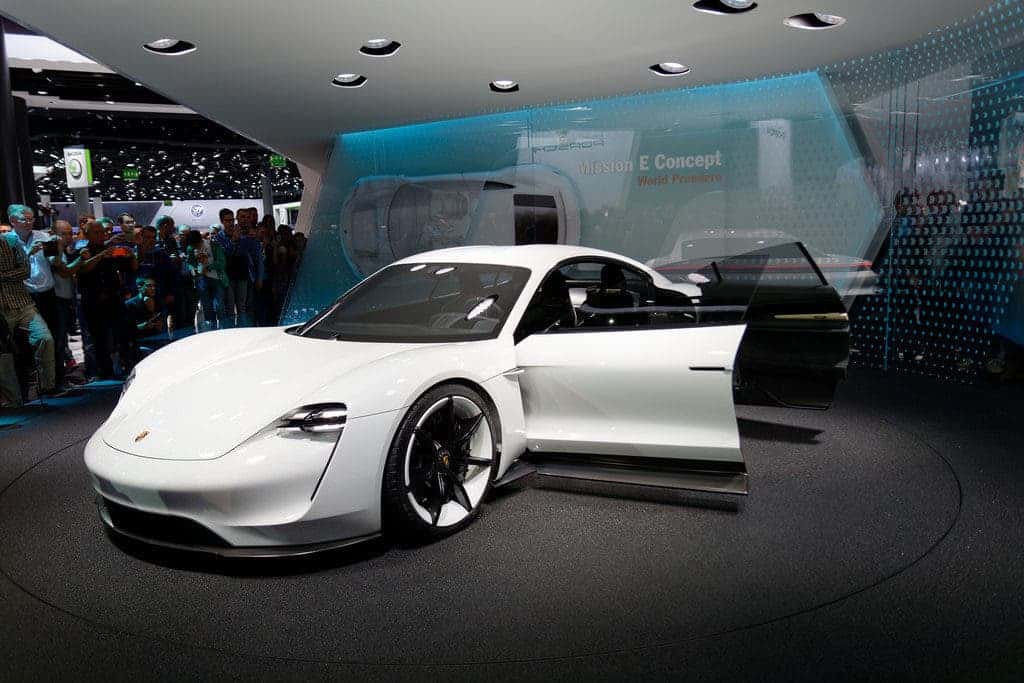High-end car sports car manufacturer Porsche announced on Monday that it will double investments in electrifying its entire range of products by 2022.

Image credits youkeys / Flickr.
Stuttgart-based Porsche says it will pour over six billion euros ($7.5 billion) into developing battery-powered and hybrid cars over the next five years — double what it was originally planning to shell out. Although the decision is certainly encouraging for our current struggles with climate change, it is undeniably muddied by the ‘dieselgate’ scandal parent company Volkswagen (which owns Porsche) was recently involved in.
Still, it’s one that VW’s new CEO is desperately trying to rinse the company of. Porsche’s announced doubling-down of the investments come as part of a group-wide push to hasten the launch of electric vehicles.
Of the extra three billion euros that the company is investing, some 500 million are earmarked for the Mission E, Porsche’s flagship app electric vehicle, which is expected for release in 2019. Announced specs include an impressive 600 horsepower and 500 kilometers (310 miles) range — which would make it a direct competitor of the Tesla designs.
One billion euros will be diverted to the design and development of hybrid and full-electric versions of models that Porsche is already producing. Furthermore, the company announced that it will spend 700 million euros to build up a network of fast recharging stations for these vehicles, and the remainder “several hundred million euros” on expanding its production sites to fit these models.
However, Porsche says it is by no means abandoning the traditional combustion engine completely.
Between the proposed electric highway and charging station network, rapidly approaching bans on petrol engines, and growing support for a phase-out of coal, Europe is looking greener by the minute.






